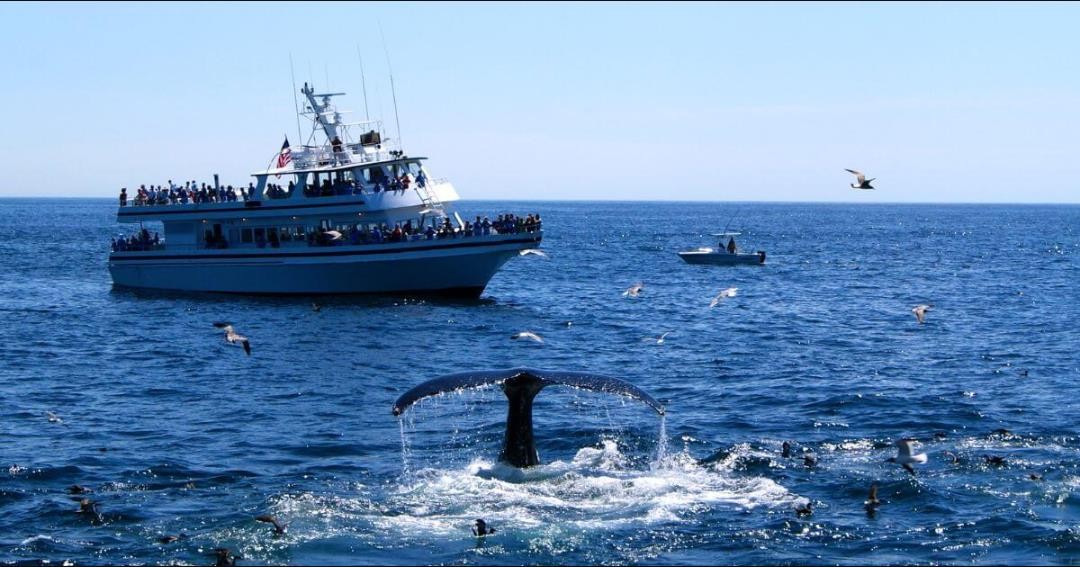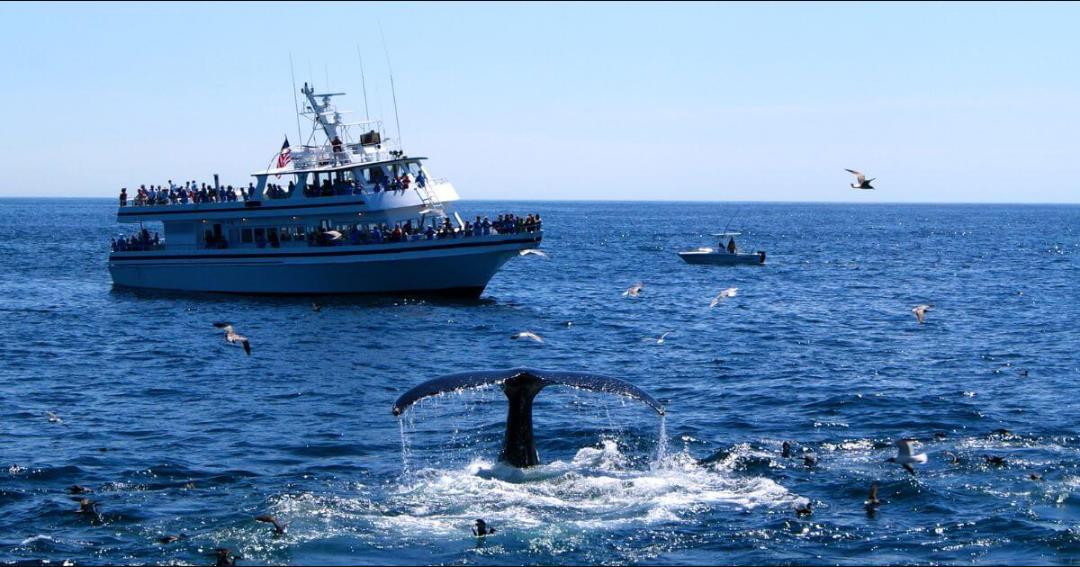新的研究揭示了拯救鲸鱼免受致命船只撞击的措施
发表于 2024-11-25 16:01
一个国际研究小组最近的一项研究揭示了船只和鲸鱼之间碰撞风险的新见解。
这项研究是首次在全球范围内分析这一问题。研究小组认为,只要对世界上2.6%的海洋进行海上交通管制,就能大大减少致命的鲸鱼袭击事件。
来自英国南极调查局的詹妮弗·杰克逊博士是这项研究的合著者之一,她解释说,这项研究使用了四种正在恢复的鲸鱼物种的数据来研究全球碰撞风险。
研究发现,航运交通与蓝鲸、座头鲸、长须鲸和抹香鲸92%的栖息地相交。船只撞击主要发生在沿海地区,那里是鲸鱼聚集觅食和繁殖的地方,也是航运活动最频繁的地方。
最危险的地区包括印度西南海岸、非洲南端、直布罗陀海峡和加利福尼亚海岸,这些地区已经被公认为是主要的鲸鱼袭击走廊。
有趣的是,该研究还指出了全球南部发展中国家沿海地区以前未被认识到的风险区域,那里的鲸鱼种群研究较少,但同样脆弱。
尽管人们越来越担心,但研究发现,这些高风险地区大多缺乏任何强制性措施来降低船速或改变船舶航线。
研究人员认为,只要2.6%的海洋表面受到这些措施的保护,就可以覆盖所有已知的高风险区域。
即使是仅占海洋0.6%的较小面积,也可以保护多个物种热点。然而,自愿减速计划取得的成功有限,因为一些船东将速度置于安全之上,即使在鼓励减速的情况下也是如此。
应对船舶撞击风险的管理措施对于这些鲸鱼物种的生存和恢复海洋生态系统的平衡至关重要。历史上鲸鱼数量的减少已经对海洋生态系统造成了不可挽回的变化。
这项研究还侧重于管理其他威胁,比如航运造成的海洋噪音污染。较慢的航速不仅可以降低碰撞的风险,还可以减少噪音污染,噪音污染会干扰鲸鱼的行为、交流,增加压力,从而对鲸鱼产生负面影响。
该小组呼吁对航道进行更长期的监测,特别是在船舶撞击风险较高的地区,并采取更严格的保护措施,以确保有效的鲸鱼保护工作。
▲Image for representation purposes only
英文原文
A recent study by an international team of researchers has revealed new insights into the collision risks between ships and whales.
The research is the first of its kind to analyze this issue on a global scale. The team suggests that regulating marine traffic in just 2.6% of the world’s oceans can greatly reduce the number of deadly whale strikes.
Dr Jennifer Jackson from the British Antarctic Survey, a co-author of the study, explained that the research uses data from four recovering whale species to study global collision risks.
The study found that shipping traffic intersects with 92% of the habitats of blue, humpback, fin, and sperm whales. Ship strikes are mainly along coastal regions, where whales gather for feeding and breeding and where shipping activity is also highest.
The most high-risk zones include the southwest coast of India, the southern tip of Africa, the Strait of Gibraltar, and the coast of California, which are already recognized as key whale strike corridors.
Interestingly, the research also points to previously unrecognised risk areas off the coasts of developing nations in the global south, where whale populations are less studied but equally vulnerable.
Despite the growing concern, the study found that most of these high-risk areas lack any mandatory measures to reduce ship speeds or change vessel routes.
The researchers suggest that if just 2.6% of the ocean’s su***ce were protected by such measures, all known high-risk zones could be covered.
Even a smaller area of just 0.6% of the ocean could protect multiple species hotspots. However, voluntary speed reduction programs have shown limited success, as some ship owners prioritise speed over safety, even when encouraged to slow down.
The management measures to address ship-strike risks are essential for the survival of these whale species and for restoring the balance of marine ecosystems. The loss of historic whale populations has already caused irreparable changes in ocean ecosystems.
The study also focuses on managing other threats, such as ocean noise pollution caused by shipping. Slower vessel speeds not only reduce the risk of collisions but also decrease noise pollution, which negatively affects whales by disrupting their behaviour, communication, and increasing stress.
The team calls for more long-term monitoring of shipping lanes, particularly in regions with high ship-strike risks, and stricter protective measures to ensure effective whale conservation efforts.
免责申明:本文根据Science等内容整理,如有误差,以英文为准;仅代表作者观点,不代表中国海员之家立场。其真实性及原创性未能得到中国海员之家证实,在此感谢原作者的辛苦创作,如转载涉及版权等问题,请作者与我们联系,我们将在第一时间处理,谢谢!联系邮箱:cnisu@54seaman.com


 联系我们人工客服
联系我们人工客服



















 :1391995811
:1391995811


评论 (0人参与)